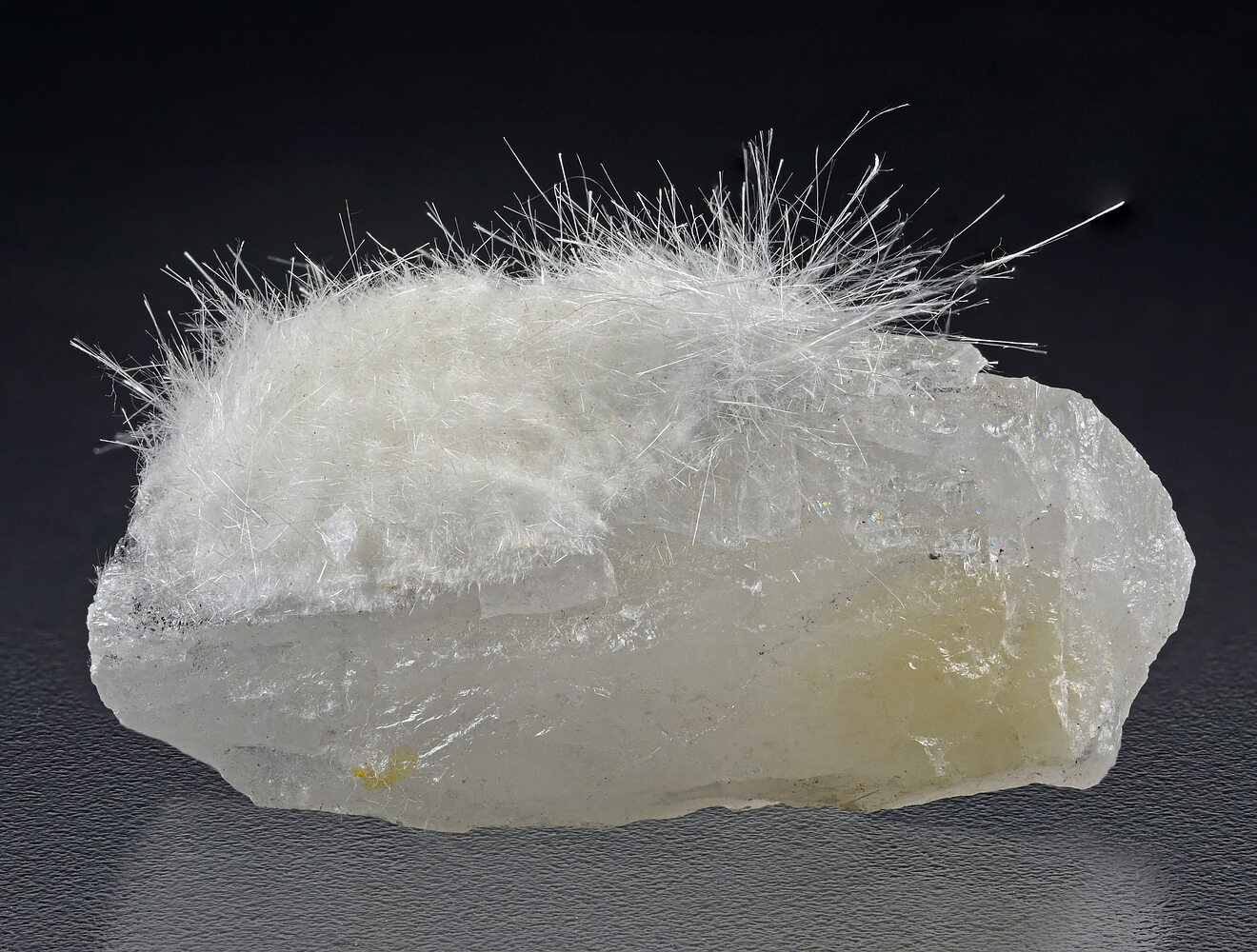
Biehlite is a rare mineral that has intrigued geologists and mineral enthusiasts alike. Found primarily in specific regions, this mineral boasts unique properties and a fascinating history. But what exactly makes Biehlite so special? Its distinct composition and formation process set it apart from other minerals. Biehlite often forms in hydrothermal veins and is associated with other rare minerals, making it a prized find for collectors. Whether you're a seasoned geologist or just curious about the natural world, learning about Biehlite can be both educational and exciting. Ready to dive into some intriguing facts about this remarkable mineral? Let's get started!
Key Takeaways:
- Biehlite is a rare mineral with unique properties, primarily of interest to collectors and researchers due to its rarity and valuable insights into Earth's geological processes.
- Its formation involves complex interactions between water and rock, showcasing the dynamic nature of Earth's geology, making it a subject of ongoing research and fascination for scientists.
What is Biehlite?
Biehlite is a rare mineral that has intrigued geologists and mineral enthusiasts alike. Found in specific geological settings, it offers a glimpse into the Earth's complex processes. Here are some fascinating facts about this unique mineral.
-
Biehlite is a hydrated calcium aluminum silicate mineral, which means it contains water molecules within its crystal structure.
-
This mineral was first discovered in Germany and named after the German mineralogist, Dr. Friedrich Biehl.
-
Biehlite typically forms in hydrothermal veins, which are cracks in rocks filled with mineral-rich hot water.
-
Its crystals are usually colorless or white, but can sometimes appear pale yellow or green due to impurities.
-
The mineral has a vitreous luster, giving it a glass-like appearance when light reflects off its surface.
Physical Properties of Biehlite
Understanding the physical properties of Biehlite helps in identifying and studying it. These properties also provide insights into its formation and stability.
-
Biehlite has a Mohs hardness of 4.5, making it relatively soft compared to other minerals.
-
It exhibits perfect cleavage in one direction, meaning it can easily split along a specific plane.
-
The mineral has a specific gravity of 2.8, which is a measure of its density compared to water.
-
Biehlite is transparent to translucent, allowing light to pass through it to varying degrees.
-
It has a monoclinic crystal system, meaning its crystal structure is asymmetrical with three unequal axes.
Chemical Composition of Biehlite
The chemical makeup of Biehlite is what sets it apart from other minerals. Its unique composition contributes to its distinct properties.
-
Biehlite's chemical formula is Ca2Al2SiO7·H2O, indicating the presence of calcium, aluminum, silicon, oxygen, and water.
-
The mineral contains trace amounts of iron, which can influence its color and other properties.
-
Biehlite is often found in association with other minerals like quartz, calcite, and fluorite.
-
It forms through low-temperature hydrothermal processes, where mineral-rich water interacts with rocks.
-
The presence of water in its structure makes Biehlite sensitive to heat, causing it to lose water and alter its properties when heated.
Uses and Applications of Biehlite
While not as widely used as some other minerals, Biehlite has specific applications that make it valuable in certain fields.
-
Biehlite is primarily of interest to collectors and researchers due to its rarity and unique properties.
-
It is sometimes used in educational settings to teach students about mineralogy and crystallography.
-
The mineral's unique properties make it a subject of study in geological research, helping scientists understand hydrothermal processes.
-
Biehlite can be used as an indicator mineral to locate other valuable minerals in hydrothermal veins.
-
Its presence can provide clues about the geological history of the area where it is found.
Locations Where Biehlite is Found
Biehlite is not commonly found everywhere. Its occurrence is limited to specific geological settings, making it a prized find for geologists.
-
The first discovery of Biehlite was in the Harz Mountains of Germany.
-
It has also been found in hydrothermal veins in the United States, particularly in Nevada and California.
-
Biehlite occurrences have been reported in Japan, where it forms in similar geological settings.
-
The mineral is also found in Russia, particularly in the Ural Mountains.
-
Small deposits of Biehlite have been discovered in Australia, adding to its global distribution.
Interesting Facts About Biehlite
Beyond its scientific and practical applications, Biehlite has some intriguing aspects that make it a subject of fascination.
-
Biehlite is often mistaken for other minerals like zeolites due to its similar appearance.
-
The mineral's name honors Dr. Friedrich Biehl, who made significant contributions to mineralogy.
-
Biehlite's rarity makes it a valuable addition to any mineral collection.
-
The mineral's formation process involves complex interactions between water and rock, showcasing the dynamic nature of Earth's geology.
-
Biehlite's unique properties and limited occurrence make it a subject of ongoing research, with scientists continually uncovering new information about this fascinating mineral.
The Final Word on Biehlite
Biehlite, a rare and fascinating mineral, offers a glimpse into the Earth's geological wonders. Its unique properties and limited occurrence make it a subject of interest for both scientists and collectors. Found primarily in specific regions, this mineral's distinct characteristics, such as its crystal structure and composition, set it apart from more common minerals.
Understanding Biehlite's formation and its role in geological processes can provide valuable insights into the Earth's history. Whether you're a geology enthusiast or just curious about the natural world, learning about Biehlite adds another layer to your knowledge of minerals.
So, next time you come across a mineral collection or visit a geological museum, keep an eye out for Biehlite. Its rarity and beauty make it a true gem in the world of minerals. Happy exploring!
Frequently Asked Questions
Was this page helpful?
Our commitment to delivering trustworthy and engaging content is at the heart of what we do. Each fact on our site is contributed by real users like you, bringing a wealth of diverse insights and information. To ensure the highest standards of accuracy and reliability, our dedicated editors meticulously review each submission. This process guarantees that the facts we share are not only fascinating but also credible. Trust in our commitment to quality and authenticity as you explore and learn with us.


